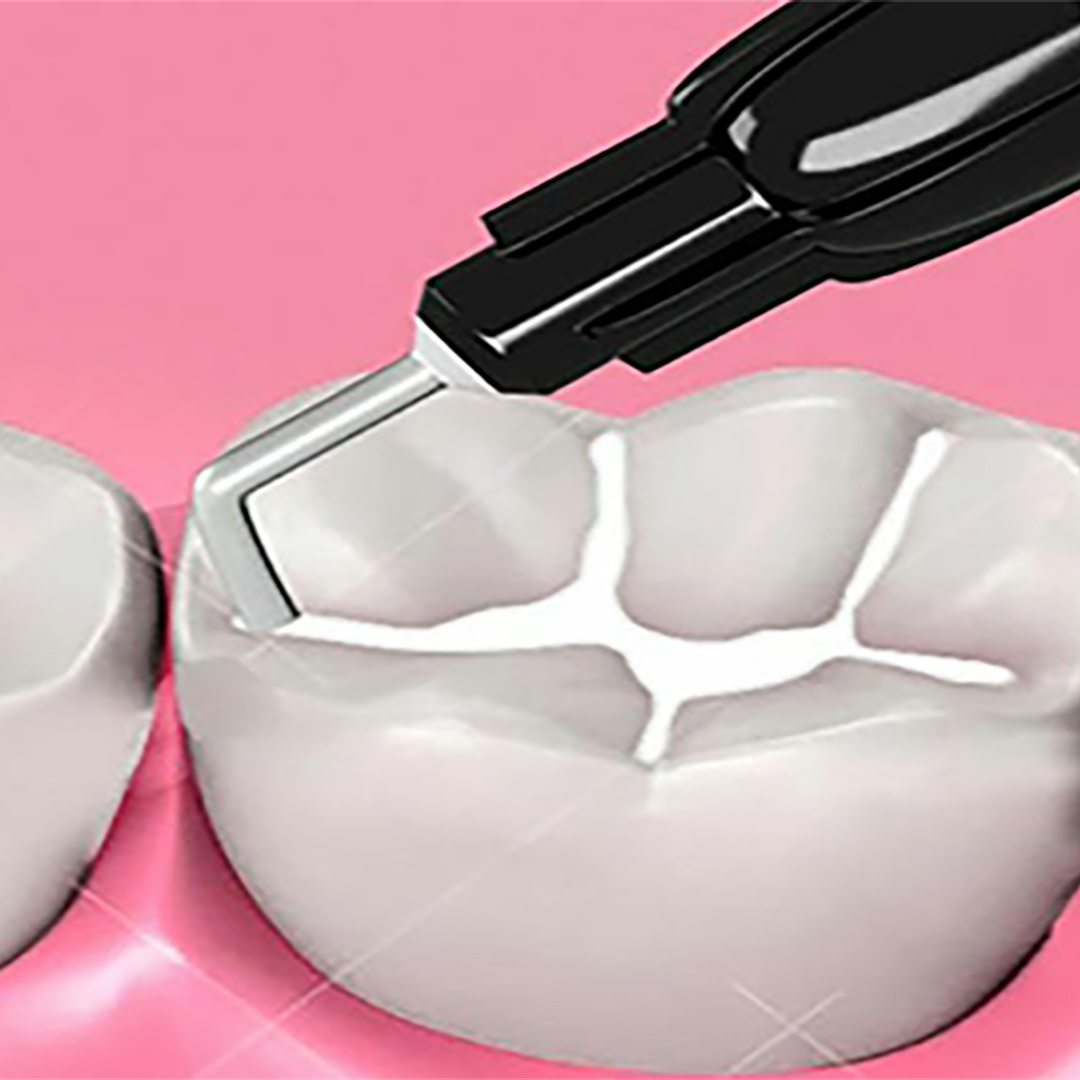What are Dental Sealants?
Sealants are a safe and painless way of protecting your teeth from decay. A sealant is a protective plastic coating, which is applied to the biting surfaces of the back teeth. The sealant forms a hard shield that keeps food and bacteria from getting into the tiny grooves in the teeth and causing decay. Sealants are often applied as soon as the permanent teeth start to come through. This is usually between 6 and 7 years of age. The rest are usually sealed as soon as they appear which can be any time between 11 and 14 years of age.
Who Should Get Sealants?
Because of the likelihood of developing decay in the depressions and grooves of the premolars and molars, children and teenagers are candidates for sealants. However, adults without decay or fillings in their molars can also benefit from sealants.
Typically, children should get sealants on their permanent molars and premolars as soon as these teeth come in. In this way, the sealants can protect the teeth through the cavity-prone years of ages 6 to 14.
What are the Benefits of Dental Sealants for your teeth?
Dental sealants work to coat and seal the grooves and hollows, preventing even the most the harmful bacteria from building up on the tooth. The size and depth of the hollows and grooves in your child’s teeth will determine whether he or she can benefit from the application of a sealant. These sealants are typically used on the molars and premolars at the back of the mouth, as these are the teeth that most frequently develop surface irregularities. Sealants act to prevent bacteria growth that can lead to dental decay.
How Are Sealants Applied?
Applying sealant is a simple and painless process. It takes only a few minutes for your dentist or hygienist to apply the sealant to seal each tooth. The application steps are as follows:
• First the teeth that are to be sealed are thoroughly cleaned.
• Each tooth is then dried, and cotton or another absorbent material is put around the tooth to keep it dry.
• An acid solution is put on the chewing surfaces of the teeth to roughen them up, which helps the sealant bond to the teeth.
• The teeth are then rinsed and dried.
• Sealant is then painted onto the tooth enamel, where it bonds directly to the tooth and hardens. Sometimes a special curing light is used to help the sealant harden.
Why opt for Dental Sealants?
Evidence suggests that fissure sealants are effective in preventing caries in children and adolescents compared to no sealants. Pit and fissure sealants are a safe and effective way to prevent dental caries and should be considered as part of an overall caries-preventive strategy. Sealants usually last for many years, but your dentist will want to check them regularly to make sure that the seal is still intact. They can wear over time, and sometimes the dentist needs to add or replace some sealant to be sure that no decay can start underneath them.
How Long Do Sealants Last?
Sealants can protect teeth from decay for up to 10 years, but they need to be checked for chipping or wearing at regular dental check-ups. Your dentist can replace sealants as necessary.












